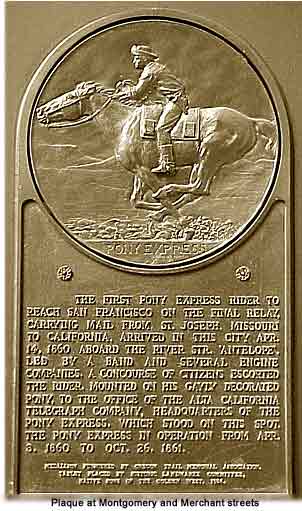Continuing on this scenario for my book: All electronic devices and electrical power is out east of California. A fast plane from California will deliver a battery-powered short-wave transceiver to the government in Washington DC so that they can communicate with those on the West coast.
That should work, right? Could the president just turn on a transceiver and use it, or would a ham enthusiast be needed to set up a big antenna, etc.?
Cross-country communication is possible almost every day under most radio propagation conditions using a 100 Watt transceiver and a modest antenna, usually on a mid-range shortwave frequency like 20 meters/14 Megahertz. Conditions are often best for this path in the late afternoon/evening on the west coast, three hours later on the east coast, when the sunset line is somewhere between the coasts.
Conditions can vary with solar activity which affects the refraction and absorption of signals in the ionosphere. Alien weapons fire probably has an effect as well.
Someone will need to set up an antenna, but that can be done pretty quickly. There are portable antennas that I've used on this path before.
Deluxe Buddipole™ Package - Long Version
Is there some more sophisticated communication device that depends on neither intermediate stations nor satellites?
There are different communications MODES that can work well over this path, but without a relay sat or ground stations, you are fundamentally relying on getting a radio signal from here to there. That leaves you with ionospheric refraction("skip") or a couple of novel approaches below.
Some digital communications modes are quite good at getting a signal through where a voice message would be inaudible through natural static.
Digital Data Modes
Weak Signal Modes
There are also some pretty trippy paths that can be used. If the moon is over the horizon, Earth-Moon-Earth reflection of signals can be used to communicate between any two points where the moon is up, day or night. This uses VHF or UHF radio gear, and special directional antennas that are large but can be hand-steered.
Very short burst transmissions can be bounced off the ionization wakes of meteors to do some moderately long-range (but not quite cross-country) communications
Good overview of moonbounce operations, including whacky conditions and limits:
http://www.k4lrg.org/Projects/K4MSG_EME/
Good tech background stuff:
MoonBounce (EME) OperationWeak Signal -- (VHF-DX, Meteor Scatter, EME-Moonbounce)
WSJT Home Page
An additional plan is distribute thousands of standard portable radios to towns across the U.S. Then a special high-powered AM station in California would broadcast continuous updates and other information. My understanding is that that would work, since radio signals in that frequency range bounce off the ionosphere, and can reach around the curvature of the earth. Because the special station would have such a high power output, I'm figuring that all those radios would get a clear signal, even in the daytime. Yes?
Maybe. The 'clear channel' broadcasters putting out 50,000 watts on the AM broadcast band with directional antennas to keep their power directed inland can be heard up to about 750 miles away after sunset with standard portable radios using their internal ferrite 'loop' antennas, under the right conditions.
Older stations that were part of the emergency broadcast network had huge transmitters, up to 500,000 watts, that could be used. These stations could be easily heard up to 1200 miles away at night via 'skywave' radio propagation.
Anyone remember "Wolfman Jack" on
XERB, an insanely high power Mexican border station?
There's still a hobby activity built around picking up these 'mediumwave' distant stations, called
MW DX. Radios used to pick up distant stations are often augmented with a long wire antenna to improve reception. That's nothing fancy, just a few hundred feet of wire tossed up in the trees (via slingshot or tied to a rock), with the end connected to the radio antenna jack if available, or wrapped around the ferrite antenna inside the radio.

